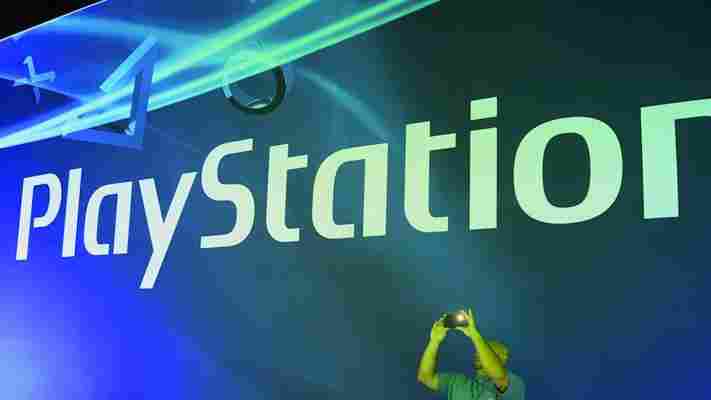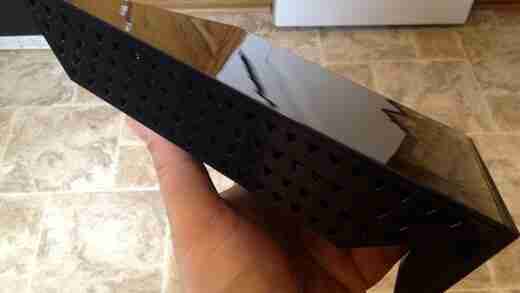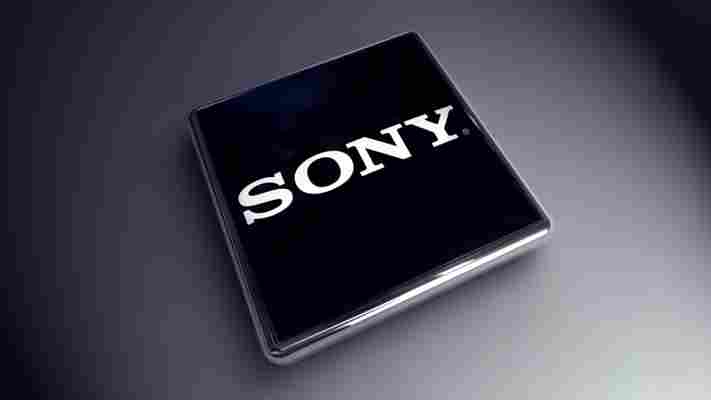Sony has largely pursued a ‘gaming first’ strategy for its next-generation video-game console, the Playstation 4, and now it’s taking this further by allowing users to access their digital library of purchased games on any console.

In a post on Official Playstation Magazine UK , Sony’s R&D senior team leader Neil Brown announced at the company’s Develop Conference that users can access their PS4 games on any console, and explained that this has been enabled by its ‘play as you download’ feature.
Basically, when users log in to their accounts from any PS4 console, they can start playing the first parts of any digitally-purchased game on the library, eliminating the need to wait for a complete download before diving in. Brown explains:
This is made possible by background processes — Brown says that a similar system also works on Blu-Ray — where chunks of the game are copied automatically to the hard drive and after the first few minutes, your game benefits from having faster read speeds from the hard drive. This means that nothing needs to be installed before playing the game, and the game will launch once the disk has been put into the drive.
Hands-on with the Netgear R6300 – Gigabit speeds come to your home WiFi
Back in April, when I got the press release about the Netgear R6300 router, I was intrigued. It was set to be the first 802.11 AC-band router, promising gigabit speeds over WiFi if you have a compatible wireless card in your device. My test units arrived today, so I thought it only fitting to take a first look at what sets this $200 beast apart from the crowd.

The first thing that I noticed is that, in the quick start guide, Netgear has mentioned that wireless security is set up from the first power-on. On the side of the box you’ll have a tag that shows your SSID and the network key. You’re advised to not change these, but you’re of course welcome to do so if you choose.
Also, there are two networks, one for 2.4 Ghz and another for the 5 Ghz range. If you happen to have a lot of interference around, or if you just have a load of devices and want to split the network, it’s a great option to have.
Next, it’s well worth mentioning that the 6300 actually looks…good. It’s hard to get a sexy factor in wireless gear, but Netgear has done an admirable job here. Sleek lines, understated lightning and hidden buttons all add to a facade that you’ll not mind sticking onto your shelf.
Setup is, to put it lightly, dead simple. Plug in the router, connect to it and open a browser. You’re taken to a roadblocked browser page where you can tweak settings as you like them. If by chance you aren’t taken to the page, a simple navigation to http://routerloginet will get you there without having to find your device’s IP address. There’s also a mobile app, if you’re so inclined.
Once inside, the browser-based configuration pages are not just good, they’re fantastic. Netgear has managed to do what only aftermarket options such as Tomato had accomplished before – keep it simple, but provide the options necessary to dig in deep.
I’ve not played around with the device too much yet but my initial tests show that the R6300 provides a better range than my Apple Airport Extreme. It also plays friendly with AirPlay, as well as iTunes Home Sharing, which is more than I can say for the craptastic device that my ISP was renting to me.
Speeds seem to be in line with what I’d expect, but the increased range means that I keep the connection-maxing speeds at much further distances than I had experience previously. The idiot-proof bridge mode, whereby you can connect a second 6300 to extend your network’s range, means that those willing to drop an extra $200 will have exemplary wireless coverage in any normal-sized house.
There are some other fantastic options on the device, including dual USB ports for storage and/or printer sharing, DLNA streaming, guest access and parental controls. Again, I’ve not yet had time to dig in and work with these, but I will be.
Over the next week or so I’ll be giving the Netgear R6300 an in-depth test. With no fewer than 8, and sometimes up to 20, wireless devices connected through my house on a daily basis, I should have plenty of opportunities to push the router as far as it will go. Have something I should try? Hit me up in the comments so we can get all of your questions answered.
Sony Xperia Ion hits AT&T with 12 megapixel camera and 4G LTE
Sony has just announced its first 4G LTE device at CES : the Sony Xperia Ion for AT&T. The phone features a gigantic 4.6 inch (1,280 by 720 pixels) HD display, 16GB of built-in flash storage and a 1.5GHz dual-core CPU.

Its most impressive feature, perhaps, is the 12 megapixel HD camera, which should blow the iPhone 4S’s already impressive 8MP camera out of the water. The Sony Xperia Ion is quite the fast shooter too, clocking in at less than two seconds per shot (back-to-back). Along with the killer main camera, you can also expect an HD front-facing camera, capable of stills and video in up to 720p. Both cameras are said to include many typical features like face recognition, smile capture, panorama, etc.
Other noteworthy details include Sony Xperia Ion’s support for specially ported Playstation games (it’s PlayStation certified), as in the Xperia PLAY , and the Sony Entertainment Network , which includes the Music Unlimited and Video Unlimited streaming/rental services. Sadly, the phone ships with the aging Android 2.3 Gingerbread, which is now over a year old. Sony is supposedly planning an ICS upgrade, but we’ll have to wait and see.
As if this phone wasn’t already built for media, it also packs HD screen sharing through DLNA, HDMI and BRAVIA Sync, in case you’re into that sort of thing.
Catch up with all of our CES coverage here .
